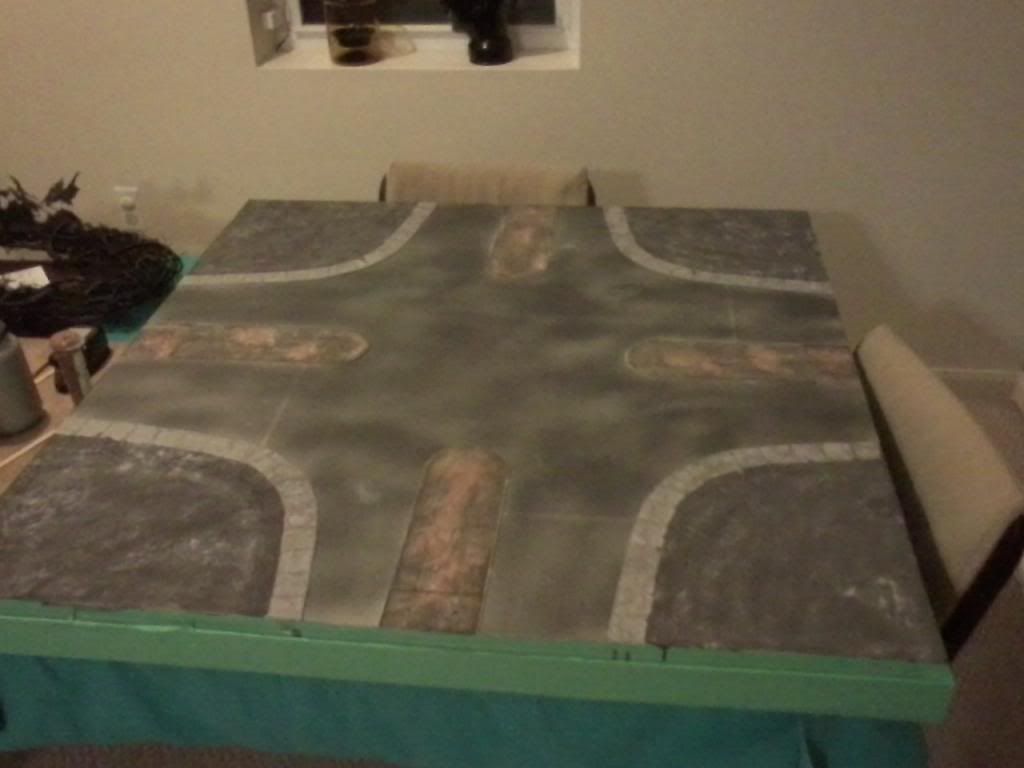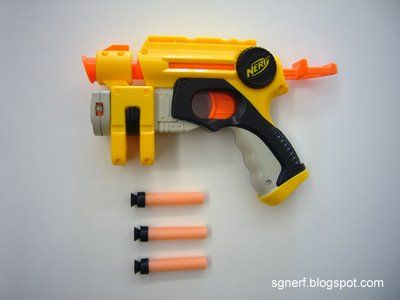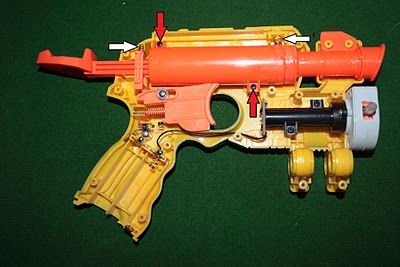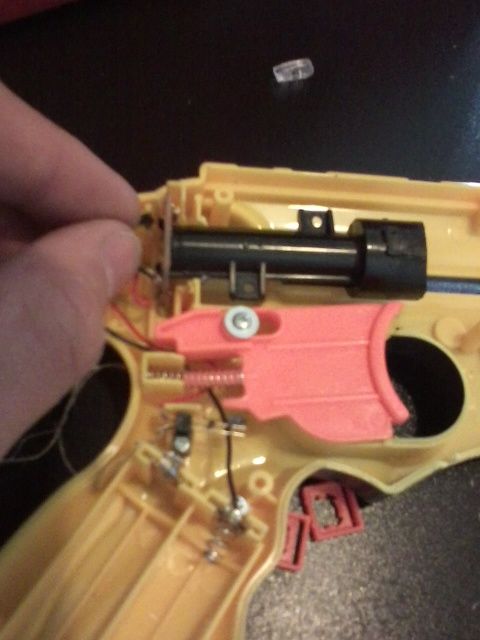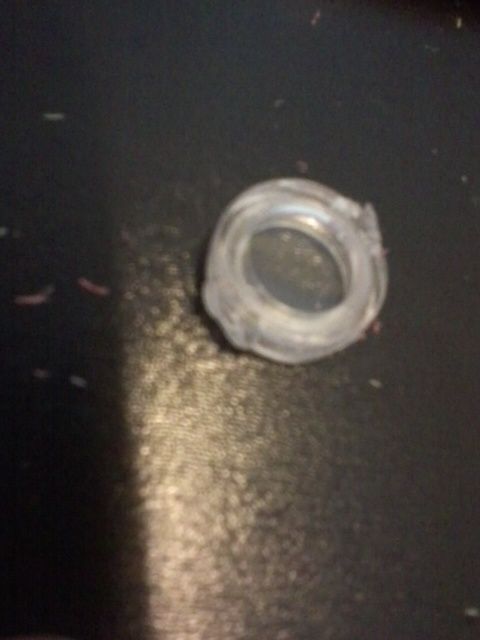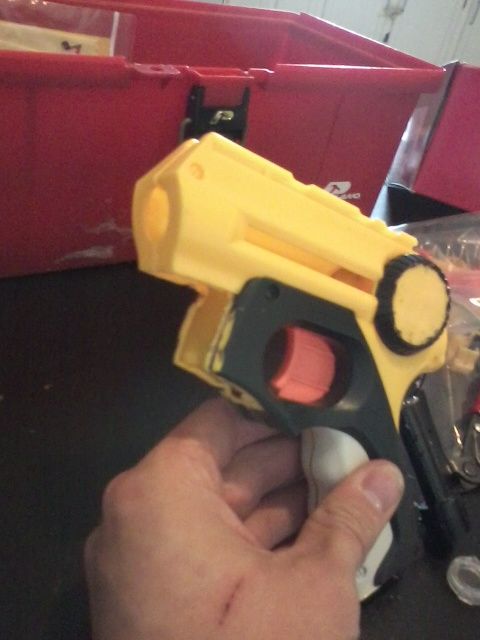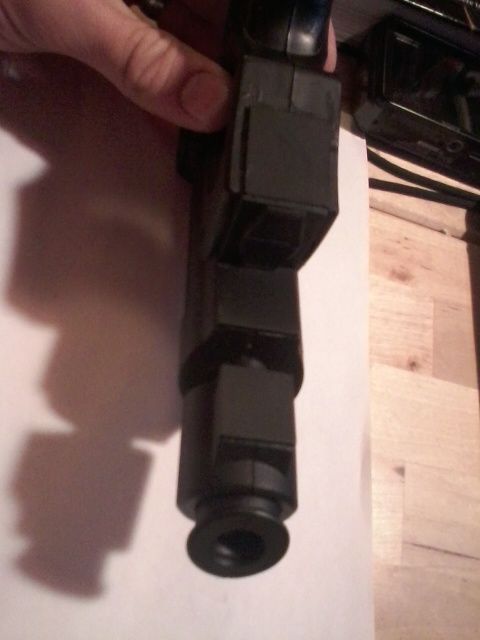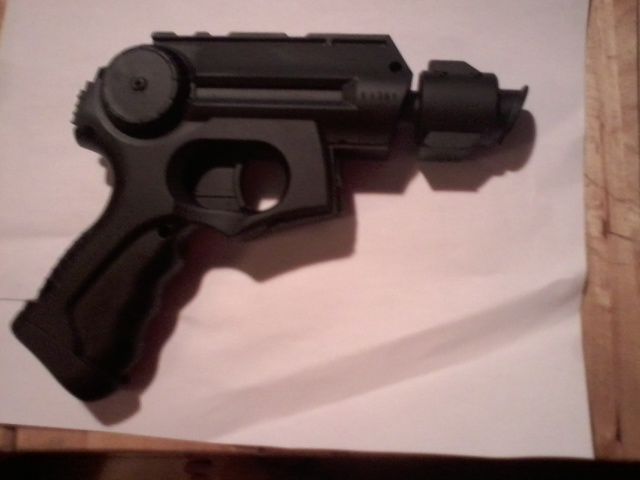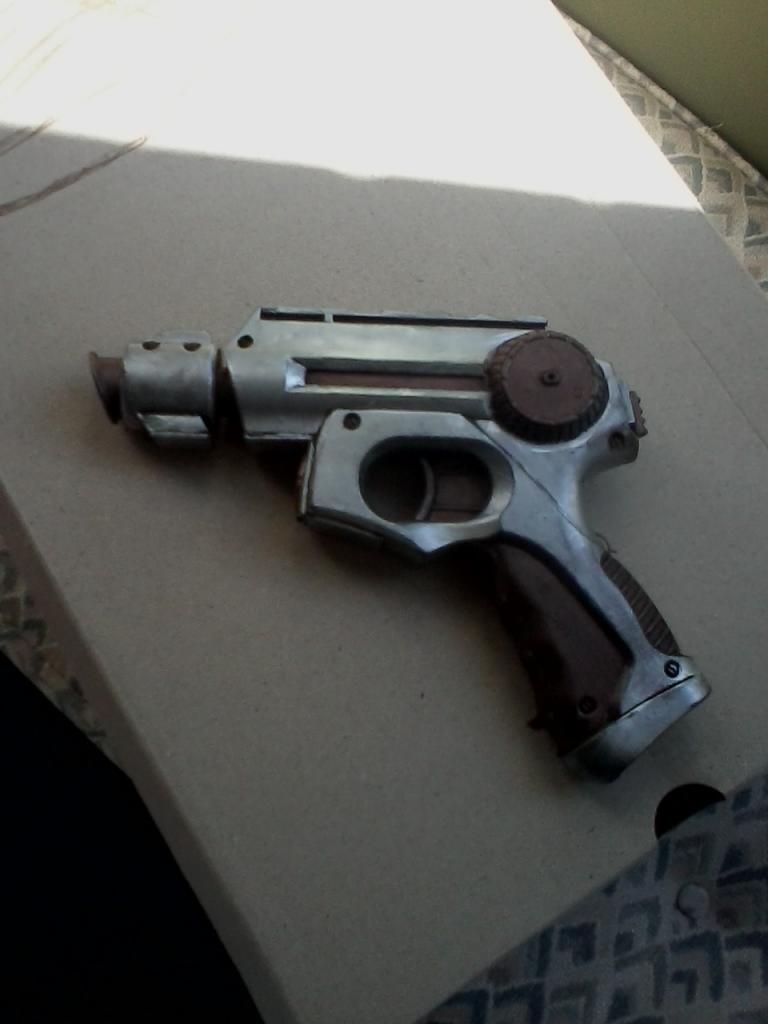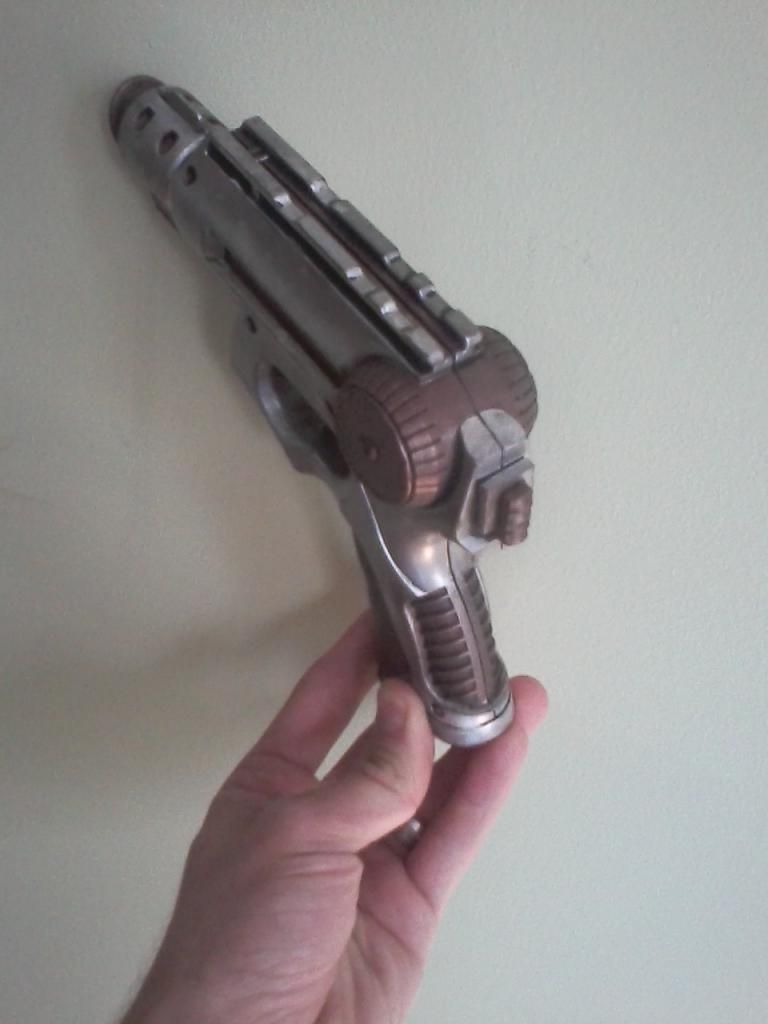I ran a game recently at Nav-Con, a long-running convention dedicated solely to naval wargaming. This year I
once again used my trusty naval combat ruleset: "Naval Thunder: Battleship Row" by
Steel Dreadnought Games.
It's a fairly simple system with a limited amount of
bookkeeping and doesn't take all day to play out. For the scenario, I took a real event and modified it
slightly.
The basic premise was an attempt by the American Pacific Fleet to raid the
newly captured Japanese port of Rabaul, which became their most important possession
in the Southeast Pacific region.
At this point in the war, the port was poorly fortified. Because of that, Allied command sent Task Force 11,
centered on the old carrier USS
Lexington, to bomb the base and any warships anchored
there.
Historically, the Japanese spotted the Americans using a flying boat, and then the
Americans saw the flying boat. The Japanese launched an ineffective air raid against the task force, and the American ships fled for safer waters.
In my scenario, the Japanese spotted the
Americans while remaining undetected and instead sprang a clever trap. Attacking at three
different points, the Japanese ships have caught the Americans napping, despite the fact that they are individually less powerful.
The main Japanese force consisted of their four oldest cruisers,
Aoba,
Kinugasa,
Furutaka and
Kako in Cruiser Division 6. Two light cruisers,
Kuma and
Tama, attacked
from the opposite side. Steaming in with
Aoba's group was the real-life Destroyer Squadron
6, composed of six old destroyers and led by the light cruiser
Yubari.
On the American side, the carrier USS
Lexington was at the center. She was the
oldest US fleet carrier to fight in the war and still had her eight-inch guns available, which proved
to be quite powerful in this scenario.
In close protection were three heavy cruisers, USS
Indianapolis, USS
Minneapolis, and USS
San Francisco. Along with them were eight
destroyers, most of which were of the WWI era. A small force had pulled ahead of the
main group containing one heavy cruiser, USS
Pensacola, and two destroyers.
For this game there was effectively only one objective. The Japanese had to sink
the
Lexington while the Americans would sacrifice every other ship to save her.
To make
the Americans' lives even harder, the Japanese crews were experienced, which made it
easier for them to hit things, while the Americans were stripped of their powerful radar-directed fire control. Also, USS
Lexington was effectively a floating bomb, and
any time she was hit in the first two turns there was a decent chance a fire would start.
On Turn 1 the Americans turned around while sending
Indianapolis with two
destroyers to assist
Pensacola's group in sinking
Kuma and
Tama. They succeeded the
following turn with heavy losses but basically removed themselves from the game as a
result.
Japanese CruDiv 6 turned to cut off the Americans in a line abreast formation,
while DesRon 6 began assembling itself into battle formation. USS
Lexington hit
Kima
with her eight-inch guns, making her captain grin wildly at the thought of his carrier engaging in a
gunfight.
The cruisers exchanged fire, started a few fires, and
Kinugasa blew the old US
destroyer USS
Litchfield apart with surprisingly accurate fire. USS
Pensacola began to
flood, and ineffective damage control teams made the problem worse.
Turn 2 proved to be quite bloody for both sides. USS
Lexington and her escorts
continued running despite the Japanese ships in front of them. CruDiv 6 turned to
starboard to clear all their guns for action while DesRon 6 just kept racing forward.
Lexington was hit several times, sparking a fire which would last the rest of the game.
USS
San Francisco took an engine hit but caused a magazine explosion on
Aoba which
blew the Japanese cruiser apart.
Furutaka burst into flames thanks to accurate fire from
USS
Minneapolis but remained afloat and fighting. USS
Lexington continued her
destructive streak by sinking
Yubari.
On the other side of the board,
Kuma was sunk by USS
Indianapolis but managed
to sink USS
Porter and USS
Pensacola with torpedoes.
Tama hit USS
Winslow with
gunfire but didn't sink the plucky destroyer and then fled the board with a mangled hull
and raging fires that were barely extinguished.
With both Japanese light cruisers gone,
USS
Indianapolis and the surviving destroyers tried to catch up to USS
Lexington but
didn't make it by the end of the game.
Turn 3 proved to be the decisive turn for the Japanese. DesDiv 6 split in half, with
three destroyers quickly turning their broadside to USS
Lexington, while the other three
crossed the T of the beleaguered carrier. Continuing her hot streak,
Lexington sunk
Furutaka with accurate gunfire.
Kako hit USS
Minneapolis and started a flood.
Minneapolis hit back and started a fire. Then USS
San Francisco raked
Kako with five-inch
shells and sent her to the bottom, while the destroyer USS
Zane blasted
Mochizuki apart.
But it was too late! Three torpedoes slammed into USS
Lexington and shattered the proud
ship, taking her from 113 hull points to 41 and then quickly to 37 from flooding damage.
Fortunately, the other three Japanese destroyers all missed.
On turn 4
Kinugasa launched her carefully husbanded torpedo salvo on USS
Lexington, hoping desperately to sink the tough ship. But the salvo missed completely
while her gunfire was slightly more successful.
Kinugasa was finished off by
San
Francisco and almost all of the remaining Japanese destroyers joined her beneath the
waves.
It looked bleak for the Japanese, but inept damage control teams finished the work
of the Imperial Japanese Navy, and USS
Lexington capsized.
The ripples from this battle
will surely echo through the history of the Pacific War. Without
Lexington, the US
fleet would never have opposed the Port Moresby invasion and they might not have sent
USS
Enterprise and USS
Hornet off the launch the Doolittle Raid. In addition, the loss of
CruDiv 6 would create problems for the Japanese. Those four heavy cruisers were vitally
important to the Guadalcanal operation. Needless to say, history shifted drastically from
this what-if battle.
-- Mike, Chicago Skirmish Wargames club member


























